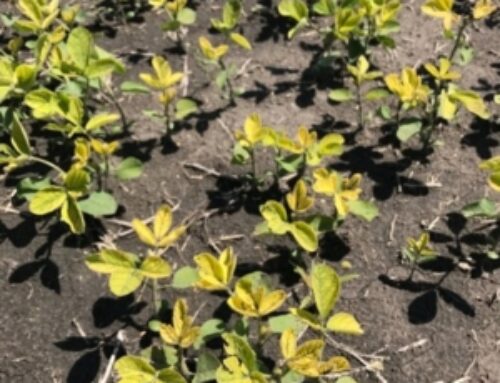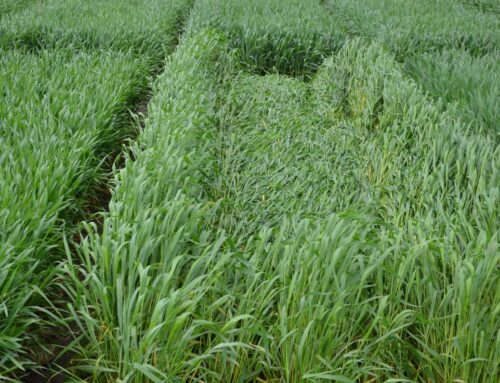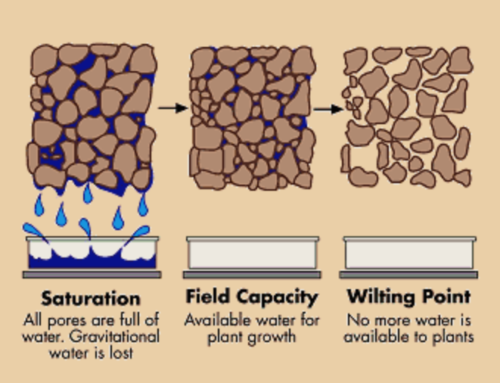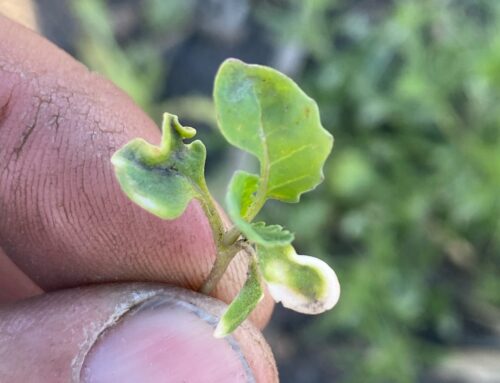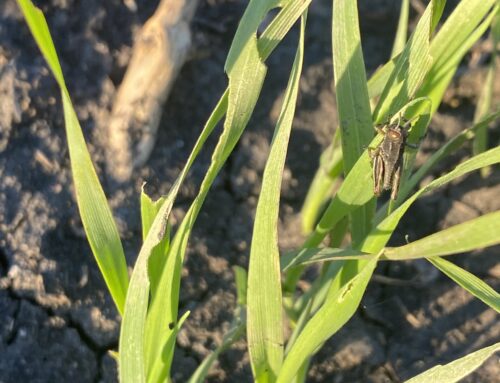Think of it as a report card for your soils
Prairie winters are long and cold. We have time to plan and economize our cropping goals for the growing season. Buying seed, fuel, fertilizer and herbicides are all important, but so is understanding what is happening within the soil. Proper planning helps us decide the right inputs and field operations needed to grow a great crop. Crops set their maximum yield potential early and leave no room for error, so we need to be prepared. An annual soil test provides valuable real-time data about what is happening in your fields, how these nutrients will affect your future yield and the decisions you make for your acres.
Soil nutrient levels following a cropping season guide us to make informed decisions that will influence next year’s crop. The goal of a good plan is to match nutrient supplies with crop requirements while minimizing the loss of nutrients from the field. These management goals are very field/farm specific. Decisions will always be based on local soil and weather conditions, field management goals and equipment usage.

What is soil sampling?
Soil sampling collects a variety of nutrients, including nitrate, phosphate, potassium and sulfur, several micronutrients, organic matter levels and soil pH. Each field is treated uniquely, with 15-20 individual samples forming a random composite for a quarter section. These interpretations give a snapshot of what nutrients are most likely available for next year’s crop. These predictions allow the farmer to make decisions on the right fertilizer source, the right rate the crop needs, the right timing and the right placement of fertilizer for the future crop grown on that field. The 4Rs of Nutrient Stewardship will help meet your crop needs. What goes down this year will also impact future crops and help you make sustainable, long term decisions.
Garbage in/Garbage out
Soil tests can be influenced by soil moisture, texture, human error and inconsistent sampling depth. Basing decisions on a single soil test disregards important trends within a field. One bad test can lead to over- or under-applying nutrients which lowers fertilizer efficiency and leaves yield on the field. However, a long-term soil testing plan gives a good overview of the general field performance. Understanding soil field characteristics, like the tendency of a calcareous soil to tie up phosphates or a wetter section to lose nitrates, can lead us to making informed decisions about alternative placement and timing.
Here is a fun video we made a few years ago featuring the “Shady Agronomist” telling viewers how to knock off a quality soil test:
Using 4R Nutrient Stewardship provides economic, social and environmental impacts by increasing your production, reducing fertilizer loss and protecting waterways and the environment. Soil sampling improves your fertilizer use and optimizes your yield goals. Improve your GPA by having an annual soil test done on every field. If you are questioning the value of your current soil testing efforts, reach out and maybe we can help.



